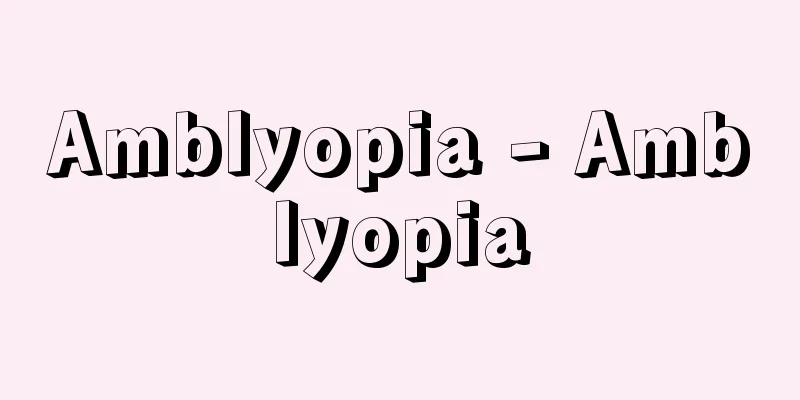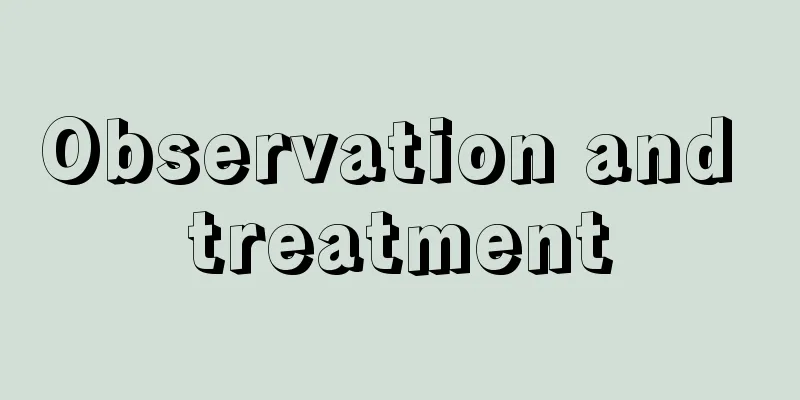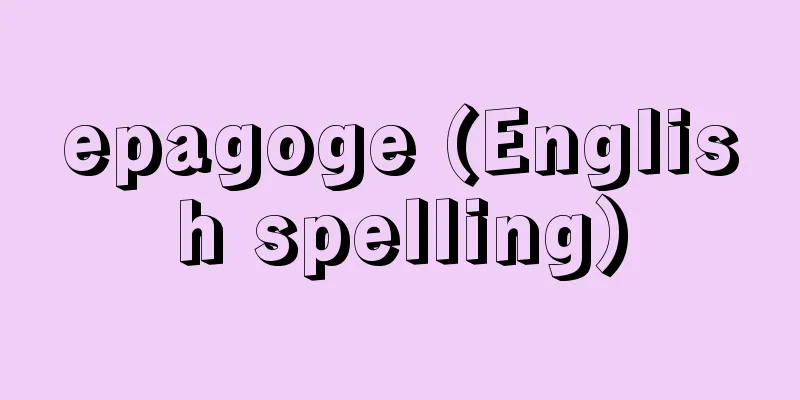Amblyopia - Amblyopia

What is the disease? Amblyopia is a condition that occurs during the period of visual sensitivity (up to about age 8), For example, some people may be worried that their child has low vision (0.1), and may be worried that they may have low vision. There are many causes of amblyopia, the most common of which are listed below: Various types of amblyopia When you have strabismus and your eyes are not facing straight ahead, your retina is the most sensitive area. Congenital Amblyopia is caused by severe farsightedness, astigmatism, etc. Many people think of farsightedness as "being able to see far away clearly," but eyesight develops by looking at close objects, so severe farsightedness, which cannot focus on close objects, hinders the development of visual function and causes amblyopia. The same goes for severe astigmatism. In the case of myopia, unless it is pathological myopia, it is often not caused by amblyopia, as the eyes can focus on close objects. When the difference in refractive index between the left and right eyes becomes large enough, the visual input from the eye that is easier to focus on takes priority, and the eye that is harder to focus on (the eye with the larger refractive error) becomes amblyopic. Amblyopia is likely to occur when both eyes are farsighted and the difference in refractive index between the left and right eyes is 3D (diopter) or more, but amblyopia can also occur when only one eye is severely myopic. Treatment methodsWe have listed the main types of amblyopia above, but the key to the development of amblyopia is the sensitivity of visual function. Sensitivity increases after birth, reaching its peak at around 3 months of age. This period of high sensitivity continues until around 18 months of age, but after that it gradually declines, almost completely disappearing by around 6 to 8 years of age. Even if treatment for amblyopia is started from around the age of 10, it is difficult to achieve any results because there is almost no sensitivity. The treatment for amblyopia involves switching the better eye to a different eye for a set period of time. The earlier treatment is started, the more effective it is, so if an abnormality is suspected during a 3-year-old checkup, it is important to undergo a detailed examination as soon as possible. Hirofumi Shimojo Source: Houken “Sixth Edition Family Medicine Encyclopedia” Information about the Sixth Edition Family Medicine Encyclopedia |
どんな病気か 弱視とは視覚の感受性期(8歳くらいまで)の期間内に、 たとえば「私の子どもは視力が0.1ないので弱視ではないか」と不安に思われる人もいるかもしれませんが、「 弱視にはさまざまな原因がありますが、主なものを以下に示します。 さまざまな弱視● 斜視があって、眼が正面を向いていない場合、網膜で最も感度の高い ● 先天性 ● 強度の遠視、乱視などが原因となる弱視です。遠視といえば「遠くがよく見える」というイメージをもっている人も多いと思いますが、視力は近くを見ることにより発達するため、近くにピントの合わない強度の遠視では、視機能の発達が妨げられ、弱視が起きます。強度の乱視も同様です。近視の場合は病的な近視でない限りは近くにピントが合うため、弱視にならないことが多いようです。 ● 左右の眼の屈折度の差がある程度以上大きくなると、ピントを合わせやすいほうの眼の視覚入力が優先され、ピントを合わせにくいほうの眼(屈折異常が大きい眼)は弱視化します。両眼とも遠視で、左右の屈折度の差が3D(ディオプター)以上になると弱視が起きやすいのですが、片眼のみ強度の近視である場合も弱視となります。 治療の方法以上主な弱視の種類をあげましたが、弱視の成立の大きな鍵となるのが視機能の感受性です。感受性は出生後上昇し、3カ月くらいでピークをむかえます。1歳半ころまで感受性が高い時期が持続しますが、それ以上は徐々に下降し、6~8歳くらいでほぼ消失します。10歳くらいから弱視の治療を始めても感受性がほとんどないため、効果が得にくいといえます。 弱視の治療法は、視力のよいほうの眼を決められた時間 早期に治療を開始すれば効果が大きいため、3歳児検診などで異常が疑われた場合は早い時期に精密検査を受けることが重要です。 下條 裕史 出典 法研「六訂版 家庭医学大全科」六訂版 家庭医学大全科について 情報 |
<<: Jagjivan Dās (English spelling)
>>: Shakushi (rice scoop) - Shakushi
Recommend
Tamesuke Kanjuji - Kajuji
...The direct line of the Kanju-ji family of the ...
Sharpbill
A bird of the Aves class, order Passeriformes, fa...
Blacksmith - Kajishi
...The combination of fire and water, two opposin...
Fruit juice drink
In the Japanese Agricultural Standards (JAS), beve...
Bharal - Bharal (English spelling)
A mammal of the bovidae family in the order Artiod...
Cap Française - Cap France
…It is known as a shipping port for coffee, cocoa...
Digitalis purpurea; foxglove
A perennial plant of the Scrophulariaceae family, ...
The Last Lantern Scroll
A collection of letters by Shinran. Shinran stoppe...
Leghorn [species] - Leghorn
A breed of chicken. A typical egg-laying breed ori...
Bae Gu - Hai
During the Sui Dynasty in China, he was known as ...
Futami Mikuriya - Futami Mikuriya
Located in Watarai County, Ise Province, the Ise G...
Ararafu (place name) - Ararafu
…An ancient city in the southeastern part of the ...
Gǔ yì cóng shū (Ancient Chinese Writings)
This is a series of books compiled by Li Shuochang...
Air-hardening fireproof mortar
...Since it uses the same refractory powder as co...
Cliff burial tomb
…They were residential areas in the early and ear...









